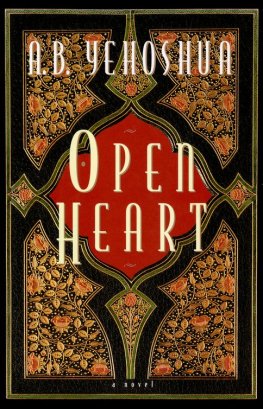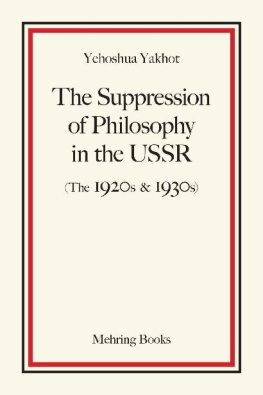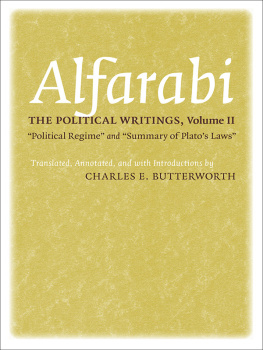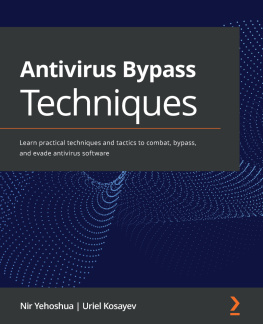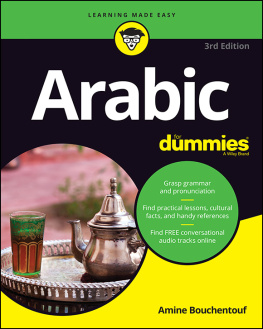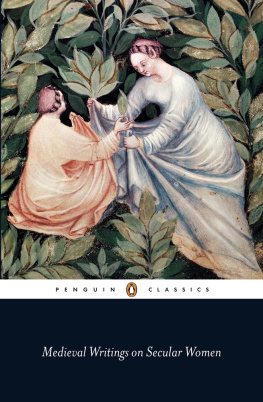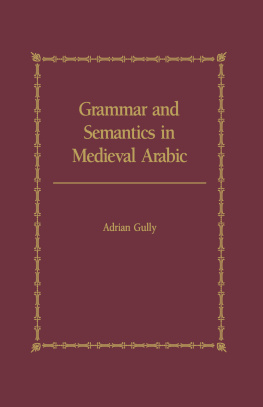The Turkic Peoples in Medieval Arabic Writings
Translating a collection of the most important descriptions of the Turks found in medieval Arabic texts into English, this book aims at delineating the coming of the Turkic peoples in the eleventh century, their military successes in Iran and Iraq, and the emergence of the sultanate.
The book introduces the reader to the history of the Islamic Caliphate and the Turkic peoples. This introduction is followed by annotated translated sources which illuminate the view of the Eurasian steppes in Muslim-Arabic geographical writing from the pre-Saljq period, the self-image and ideology of the victorious Saljqs and their fundamental claim to legitimacy, and the conventional narrative of the coming of the Saljqs in later Arabic historiography.
Illustrating the variety of sources available on the history of Turkic tribes in the Eurasian steppes and in the central Islamic lands, ranging from geographical writing, to chronicles, to mythological legends, this book will be an essential resource for students and scholars with an interest in the Turks and their image, History, and Middle East Studies.
Yehoshua Frenkel is a Senior Lecturer in Middle Eastern History, University of Haifa, and is currently engaged in a research project entitled The Environmental History of Mamlk Bild al-Shm.
Routledge Studies in the History of Iran and Turkey
Edited by Carole Hillenbrand
University of Edinburgh
This series publishes important studies dealing with the history of Iran and Turkey in the period 10001700 AD. This period is significant because it heralds the advent of large numbers of nomadic Turks from Central Asia into the Islamic world. Their influence was felt particularly strongly in Iran and Turkey, territories which they permanently transformed.
The series presents translations of medieval Arabic and Persian texts which chronicle the history of the medieval Turks and Persians, and also publishes scholarly monographs which handle themes of medieval Turkish and Iranian history such as historiography, nomadisation and folk Islam.
Mediaeval Islamic Historiography and Political Legitimacy
Balamis Tarikhnamah
A.C.S. Peacock
History of the Seljuq Turks
The Saljuq-nama of Zahir al-Din Nishpuri
Translated by Kenneth Allin Luther Edited by Edmund Bosworth
The Annals of the Saljuq Turks
Selections from al-Kamil fil-Tarikh of Ibn al-Athir
D.S. Richards
Early Mongol Rule in Thirteenth Century Iran
A Persian Renaissance
George Lane
The Ghaznavid and Seljuk Turks
Poetry as a Source for Iranian History
G.E. Tetley
Iranian Elites and Turkish Rulers
A History of Isfahan in the Saljuq Period
David Durand-Gudy
Early Seljuq History
A New Interpretation
A.C.S. Peacock
The Great Seljuqs
A History
Aziz Basan
The History of the Seljuq State
A translation with commentary of the
Akhbar al-dawla al-saljuqiyya Clifford Edmund Bosworth
The Rum Seljuqs
Evolution of a Dynasty
Songl Mecit
The Turkic Peoples in Medieval Arabic Writings
Yehoshua Frenkel
The Turkic Peoples in Medieval Arabic Writings
Yehoshua Frenkel
First published 2015
by Routledge
2 Park Square, Milton Park, Abingdon, Oxon OX14 4RN
and by Routledge
711 Third Avenue, New York, NY 10017
Routledge is an imprint of the Taylor & Francis Group, an informa business
2015 Yehoshua Frenkel
The right of Yehoshua Frenkel to be identified as author of this work has been asserted by him in accordance with sections 77 and 78 of the Copyright, Designs and Patents Act 1988.
All rights reserved. No part of this book may be reprinted or reproduced or utilised in any form or by any electronic, mechanical, or other means, now known or hereafter invented, including photocopying and recording, or in any information storage or retrieval system, without permission in writing from the publishers.
Trademark notice: Product or corporate names may be trademarks or registered trademarks, and are used only for identification and explanation without intent to infringe.
British Library Cataloguing in Publication Data
A catalogue record for this book is available from the British Library
Library of Congress Cataloging in Publication Data
A catalog record for this book has been requested
ISBN: 978-0-415-74764-6 (hbk)
ISBN: 978-1-315-75295-2 (ebk)
Typeset in Times New Roman
by Saxon Graphics Ltd, Derby
Contents
PART I
Overview
PART II
Translated sources
During the eleventh century, vast bands of Eurasian nomads, led by the Saljq (in Arabic; Seljk in Turkic; Seluk in modern Turkish) clan of the Turkic1 Qnq2 tribe crossed the Central Asian frontiers of the Abode of Islam and succeeded in wiping out all potential challengers. ughril Beg, the son of Mikhil b. Saljq, entered Baghdad and seized the reins of the Abbsid Caliphate. A generation later, the Saljq sulan Alp Arsaln led his followers westward across the Euphrates. They defeated the Byzantine armies and penetrated deep into Asia Minor, a land that in the future would be called Turkey. In the coming centuries, the Turks of Western Asia played a critical role in the challenges faced by various Muslim dynasties in this part of the world. They were conspicuous in battles against mighty enemies such as the Crusaders and the Mongols. A by-product of the Turks significant military achievements was their ascendance to the throne in Cairo. They established a particular Turkic regime (dawlat al-atrk) that governed Egypt and Syria. For a quarter of a millennium this manumitted slave regime, the Mamlk Sultanate, played a major role in the history of the eastern Mediterranean. Subsequently, they were replaced by another Trk empire, that of the Ottomans.3
The coming of the Barbarians of the Eurasian steppes (c. 10301071)4 is certainly a watershed in Islamic history, as a great number of historians agree. Surprisingly, only a handful of eyewitness accounts of these overwhelming events in eleventh-century Iran, Iraq and Syria have reached us. Nevertheless, later Arabic reports of fighting and diplomacy are a rich source for the study of how the Eurasians were viewed in the Abbsid territories. These sources also shed light on the self-presentation of the Saljqs. A selection of these texts forms this books backbone.
This corpus is planned to serve as an introduction to the world of the Turkic people (atrk in Arbic; urky in Syriac) at a crucial moment in this peoples history and to the Arabic narrative sources that shed light on their past.5 The translated texts aim at providing a portrait of the complex relations between the pre-Islamic Eurasians of the steppes and the Abode of Islam, as well as of the changes in the way the atrk were perceived by the population that inhabited the urban centres of the Middle and Later Abbsid Caliphate (c. 8331258).6
The structure of the book
Part I introduces the reader to the history of the Islamic Caliphate and the Turkic peoples. This brief introduction offers a basic acquaintance with the institutions, names, places and events that are mentioned in the various narratives. Part II is an anthology of translated primary Arabic sources that shed light on:



